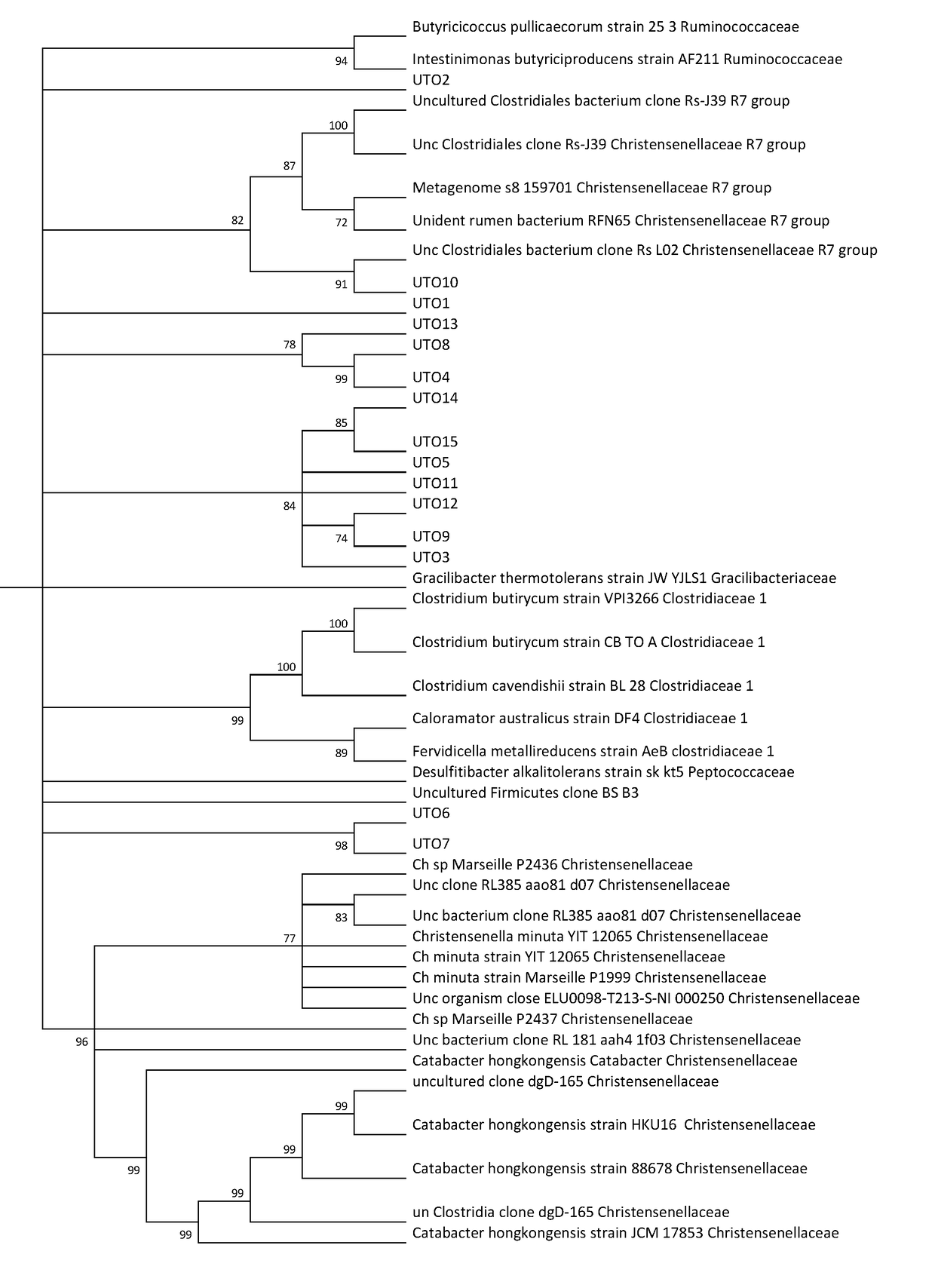Modern medicament is helpless in the face of these chronic pathologies, whose management is more difficult, more time-consuming and less dichotomous than
acute diseases.
In addition, the durability of these diseases over time, with the aging of the
population, has a considerable
impact on
public health spending, which is becoming unbearable.
Several methods currently exist to know and analyze the
bacteria constituting the
intestinal microbiome:cultivation: this technique is limited because 80% of the
microbiome is not cultivated (currently, only one thousand species are cultivated because of difficulties in practicing this cultivation);biological marking using 16S rRNA as a marker;sequencing of OTU either by the Sanger method or by
pyrosequencing of the 16S rRNA;imprint by
electrophoresis, polymorphism and ribosomal;
DNA chips;the FISH and qPCR methods with amplification of a group;
shotgun metagenomic analysis;meta-analysis with
metagenomics (composition and function of all genes), metaproteomics (
protein analysis),
metabolomics (
metabolic profile) and metatranscriptomics (
RNA).
However, currently, among the millions of bacteria constituting the
microbiome, very few (about one thousand) are defined, characterized and cultivated.
In addition, the
immune system, the genetic
system and the neurotransmitters (particularly those linking the intestine and the brain) influence the
microbiome, making its study even more complex.
It is therefore a particularly delicate domain because of its complexity and the number of inter-reacting factors and it is impossible today to establish a standard microbiome of good health.
Thus, staying at the level of large groups such as phyla does not provide a solution to combat
excess weight and / or
obesity and / or chronic metabolic diseases.
Numerous studies have been carried out in the families of bacteria, but, here again, no satisfactory results have been obtained.
In addition, some families may harbor hazardous species alongside beneficial species.
Mouse studies are unreliable because these animals have a different microbiome from humans and mice with humanized microbiome lose their natural reactions on
metabolic markers.
As to cardiometabolic diseases such as diabetes, it has been shown that there may be a significant decline in
Clostridiales and an increase in Bacteriodetes
in vitro or in animals, as well as a decrease in
Roseburia intestinalis and Faecalibacterium pransnitzii, which are thought to regulate glucose and
blood sugar through the permeability of the intestinal barrier, but, here again, these findings do not allow a satisfactory solution to fight against
excess weight, obesity and the resulting cardiometabolic diseases because of the excessive number of different bacteria.
However, this solution is at best a lure and at worst a danger by increasing the unwanted bacteria which is the natural tendency of the microbiome in
dysbiosis.
Selective growth was also investigated
in vitro by crossing selected food on selected strain but this did not work in humans.
This solution is not satisfactory either because the developed probiotics have been limited to the food bacteria which are used in the first part of the intestine, whereas the metabolically interesting bacteria are in the colon and nested in the
mucus.
Moreover, it is difficult to demonstrate an action on humans in the long term because their activity is highly random.
This technique has the
disadvantage of trying to
implant foreign strains which can be rejected and there is a possible transmission of carcinogenic signals according to the fears expressed by oncologists.
There is therefore no therapeutic solution acting on the microbiome that is satisfactory for humans who are
overweight, obese and / or suffer from cardiometabolic diseases and / or
inflammatory bowel diseases.
However, not all bacteria of the family Christensenellaceae play a role in excess weight, obesity and / or cardiometabolic and / or inflammatory diseases, and none of the aforementioned bacteria has demonstrated a direct link with these pathologies in humans.
 Login to View More
Login to View More  Login to View More
Login to View More 

